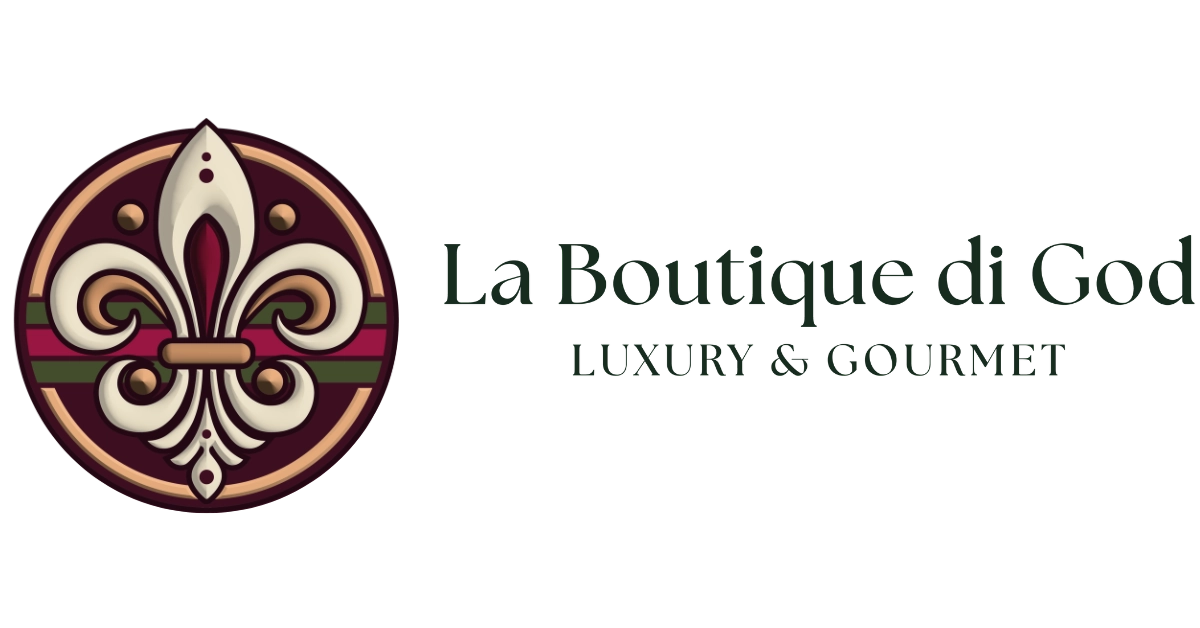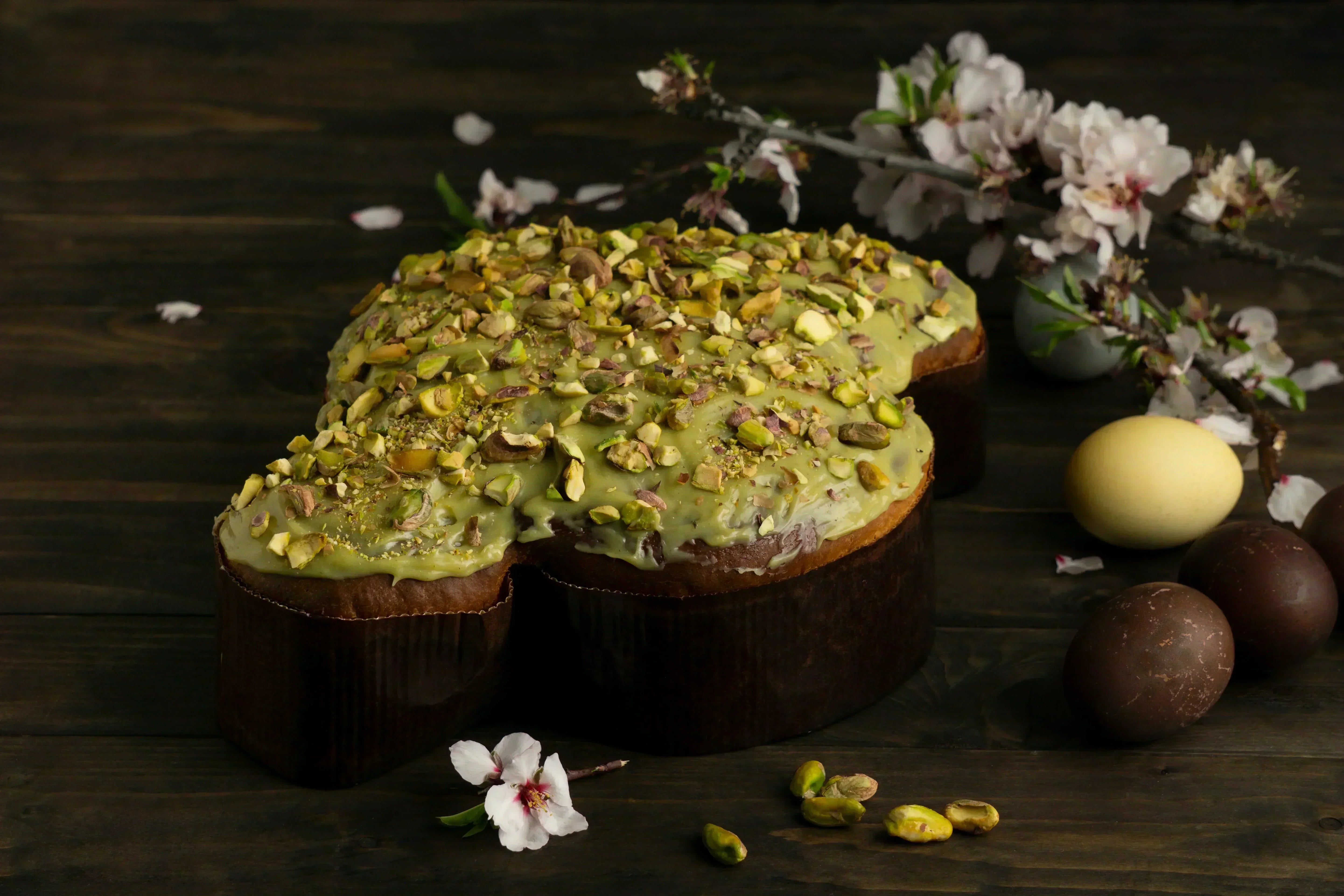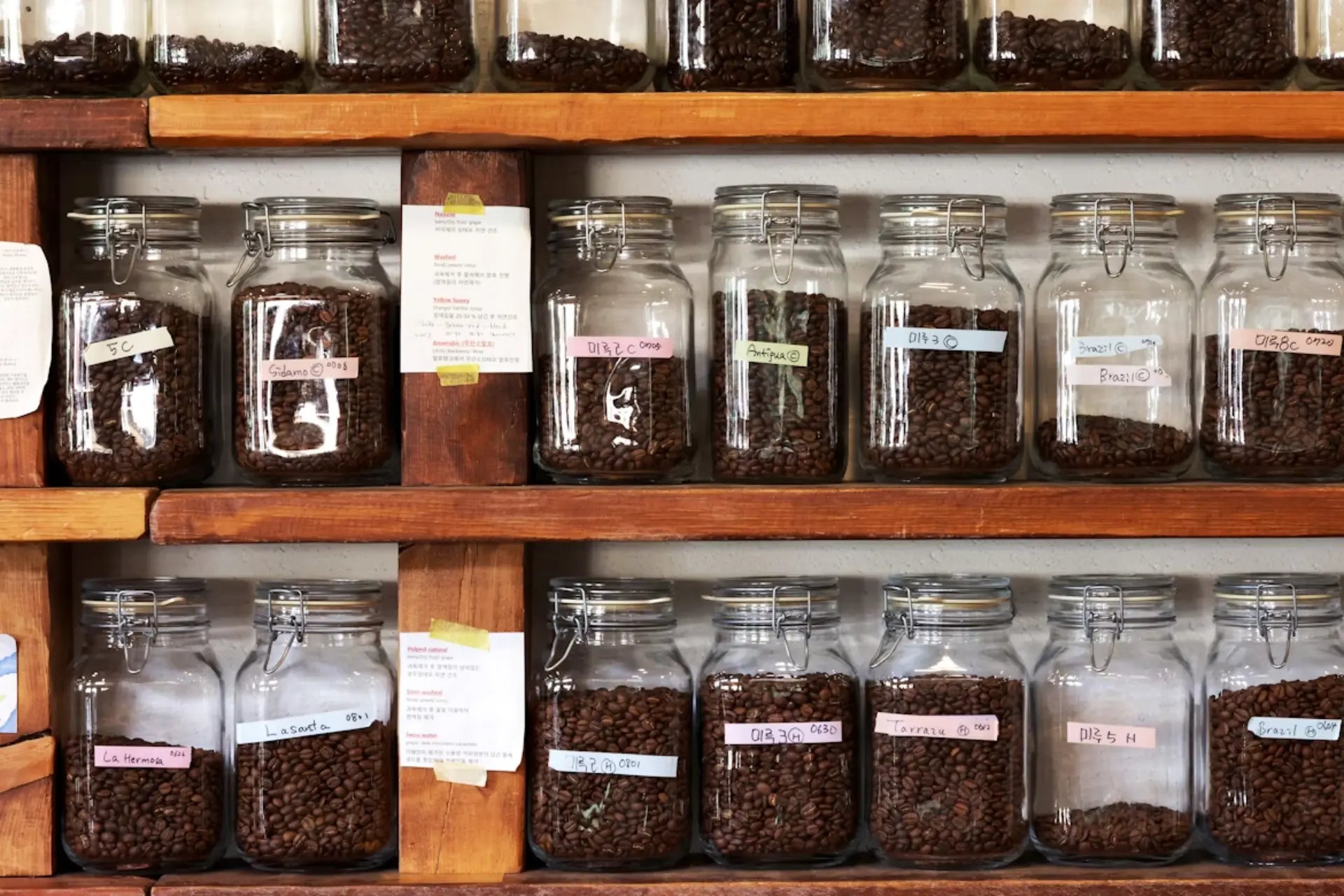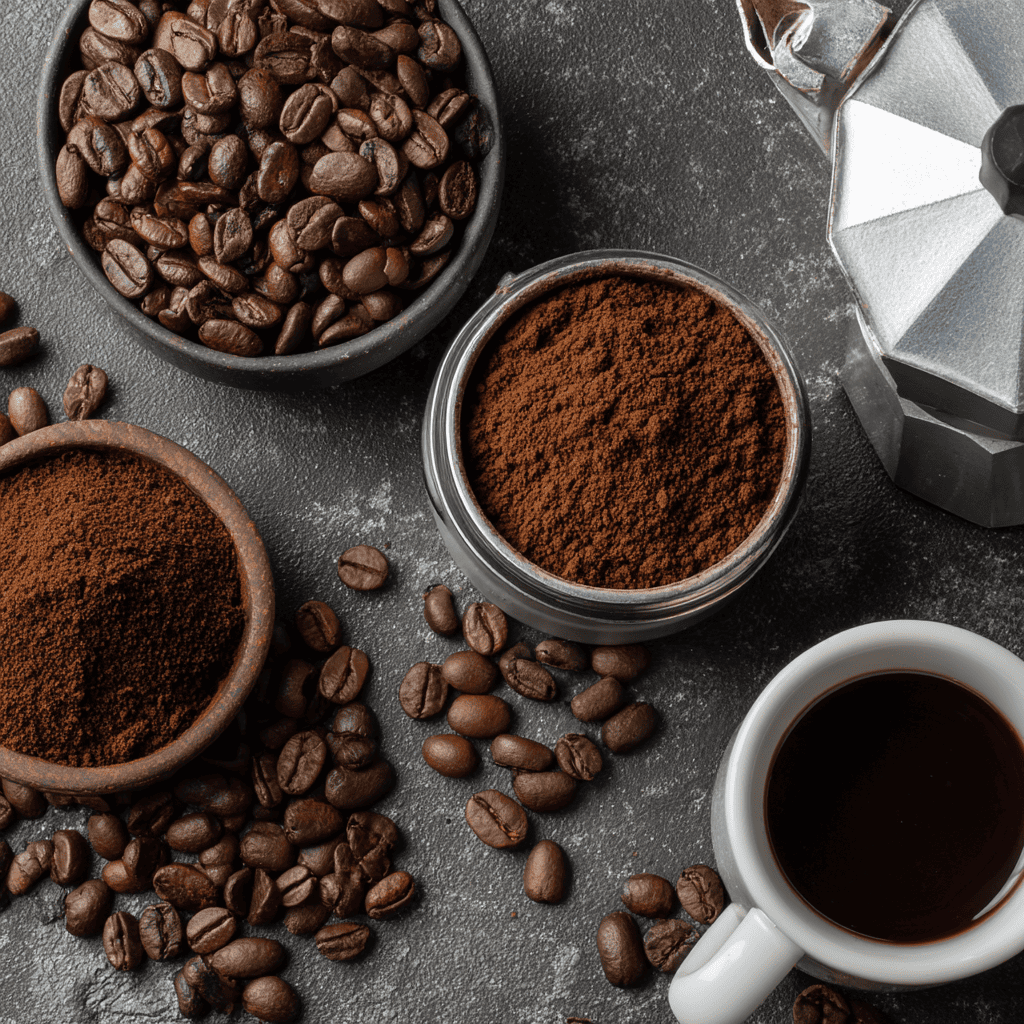In Italy, food isn't just food. It's tradition, history, and emotion, all baked into a single bite. And during Easter, no dessert better embodies that spirit than Colomba Pasquale , or simply, Colomba .
But what exactly is this dove-shaped dessert that appears on Italian tables every spring? Today we invite you to find out.
What is the Easter Dove?

Colomba is a sweet, fluffy bread made with fermented dough , similar in texture to the famous panettone . The big difference: its dove shape , a universal symbol of peace and the Holy Spirit.
The dough is enriched with butter, eggs, sugar, and candied orange peel. Unlike panettone , it doesn't contain raisins . The final touch is a crunchy layer of almond glaze , pearl sugar , and whole almonds, which contrasts with the softness of the interior.
History and Meaning
Although many believe Colomba has ancient origins, the modern version was popularized in the 1930s by Angelo Motta , a Milanese master baker. After the resounding success of his Christmas panettone , he looked for a way to extend its production to the Easter season.
This is how Colomba Pasquale was born: a sweet with the same elegance as panettone , but with a deeper meaning, ideal for celebrating the resurrection.
Why is it shaped like a dove?
Colomba literally means "dove" in Italian. But its shape isn't just aesthetic: it has a profound spiritual meaning .
In Christian tradition, the dove represents the Holy Spirit and renewal , two central ideas in the celebration of Easter. Serving a Colomba is more than just a dessert: it's sharing a symbol of peace and hope.

Traditional Easter Colomba Recipe
Traditional Colombe takes time and patience . The process can take up to two or three days and includes:
-
Use of natural sourdough
-
Multiple slow fermentations
-
Careful integration of candied fruits
-
Molded in the shape of a dove
-
Topped with almond and sugar glaze
-
Slow cooking to maintain airy texture
This craftsmanship makes authentic Colombe so highly valued and often presents them in elegant gift boxes.
When is it served?
In Italy, Colomba is traditionally served on Easter Sunday ( Pasqua ) and is accompanied with:
-
A glass of sweet wine or Prosecco
-
Fresh fruits
-
An espresso or cappuccino
-
Or just alone—because it looks so good that way
If there are any leftover pieces (which is rare), you can toast them for breakfast or reuse them in recipes like pudding, French toast, or layered desserts.
La Colomba today: a global tradition
Although it was born in Italy, Colomba Pasquale has conquered palates around the world. And today, you can enjoy it without leaving home.
In our shop, we work with one of the most prestigious Italian pastry brands: Flamigni® . Their products are synonymous with artisanal quality and respect for tradition.
Here are some of our favorite Colombe Flamigni® :
Our featured Colombe Flamigni®
Flamigni® Classic Colomba 500g
A traditional version, made with natural sourdough, candied orange peel, and almond topping. Ideal for those who want to experience the original taste of Italian Easter.
Colomba Filled with Flamigni® Limoncello Cream 950g
Perfect for those with a sweet tooth. This version is filled with a delicate limoncello pastry cream that blends with the sponge's fluffiness.
Colomba with Flamigni® Chocolate
An irresistible option for chocolate lovers. With chocolate chunks inside and crunchy icing, it's a delight for any occasion.
Colomba Pasquale isn't just a dessert: it's a piece of history, culture, and spirituality. Whether you share it with your family or enjoy it alone with a cup of coffee, every bite connects you with centuries of Italian tradition.
And if you're looking for an authentic experience this Easter, we invite you to discover our artisanal Colombe Flamigni® —because there are sweets that aren't just eaten... they're celebrated.






Share:
All about Spanish Ham: Serrano, Iberian, and their Secrets
Benefits of olive oil: The secret to a long life